The Northern Lights dance across the Arctic sky in swirls of green and violet, a spectacle that leaves adults breathless. Yet for children, this natural wonder can sometimes feel like watching paint dry—if the experience isn’t crafted with their sense of wonder in mind. A family trip to see the aurora borealis in Scandinavia doesn’t have to be a battle against boredom; it can be an immersive adventure that sparks their imagination and leaves them begging for more.
One of the keys to keeping children engaged is to frame the journey as a quest rather than a passive observation. In Lapland, where the aurora is most visible, local guides often weave Sami folklore into the experience. Children become hunters of the "fox fires," a legend that explains the lights as sparks kicked up by a magical Arctic fox running across the snow. This storytelling transforms the cold wait into an active game—who will spot the fox’s trail first? The moment the first shimmer appears, you’ll see their eyes widen not with boredom, but with the thrill of discovery.
Beyond the lights themselves, the Arctic environment offers a playground unlike any other. During daylight hours, dog sledding becomes a high-speed adventure where kids can mush their own team of enthusiastic huskies. The dogs’ excitement is contagious, and children quickly forget about screens when they’re steering a sled through snow-laden forests. Similarly, reindeer farms offer more than just rides; they provide opportunities to feed these gentle creatures and learn how indigenous herders have partnered with them for centuries. These hands-on experiences create natural breaks between nighttime aurora viewings, ensuring kids never feel trapped in a single activity.
Thermal science becomes child’s play when you stay at Sweden’s famous Icehotel. Kids marvel at sleeping in rooms carved entirely from ice, sparking conversations about insulation and how the structure stays standing. Many Nordic aurora resorts now offer "science safaris," where guides use simple experiments—like throwing boiling water into freezing air to create instant snow—to demonstrate the physics behind the Northern Lights. When children understand they’re witnessing charged particles from the sun colliding with Earth’s atmosphere, the celestial display becomes a real-life science lesson they can touch and feel.
The timing of your trip plays a crucial role in maintaining young attention spans. February and March offer optimal viewing conditions with slightly warmer temperatures and more daylight activities compared to the polar night of December. Resorts like Finland’s Kakslauttanen design glass igloos with heated floors and adjustable beds, allowing kids to watch the sky show in pajamas without enduring long periods in the cold. Some properties even install aurora alert systems that gently wake families when the lights appear, eliminating frustrating waits that might otherwise lead to meltdowns.
Food becomes part of the adventure when you incorporate local traditions. Children giggle as they try to pronounce "leipäjuusto" (Finnish squeaky cheese) or help bake cinnamon buns over open fires. In Norway’s Tromsø, seafood restaurants serve cod tongues as a delicacy—a challenge daring kids can’t resist. These culinary experiences provide natural conversation starters about how people adapt to life in the Arctic, making mealtimes extensions of the cultural journey rather than interruptions to it.
Perhaps most importantly, successful aurora trips with children embrace flexibility. The lights might appear at 8 PM one night and 2 AM the next. Smart parents balance scheduled activities with ample downtime, allowing for spontaneous snowball fights or hot chocolate breaks when energy wanes. Many tour operators now offer private aurora guides who can adjust schedules on the fly—chasing clear skies by minibus one night, telling stories by a lavvu (Sami tent) fireplace the next. This adaptability prevents the trip from feeling like a rigid itinerary and instead makes every moment part of the Arctic mystery.
When the final night arrives and the aurora swirls overhead like liquid emerald, you won’t need to convince your child of its magic. They’ll have spent days building up to this moment through stories, science, and Arctic adventures that made the lights feel like the grand finale of their own personal expedition. The memory won’t be of waiting in the cold, but of husky kisses, reindeer rides, and the night the sky danced just for them.
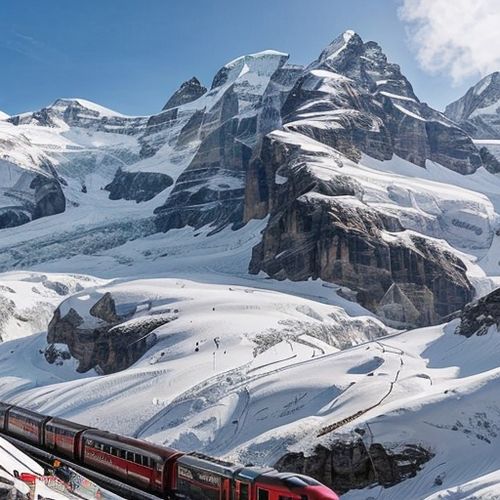
By Eric Ward/Apr 11, 2025
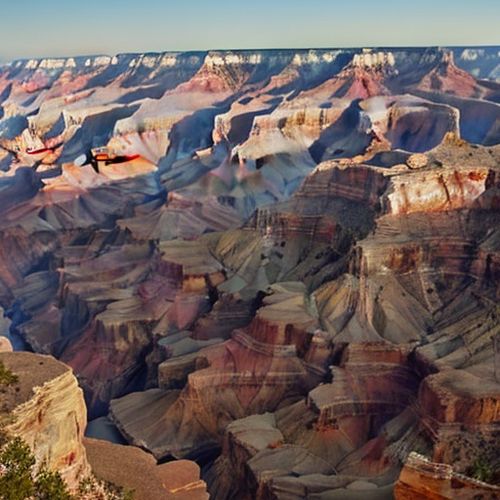
By Laura Wilson/Apr 11, 2025
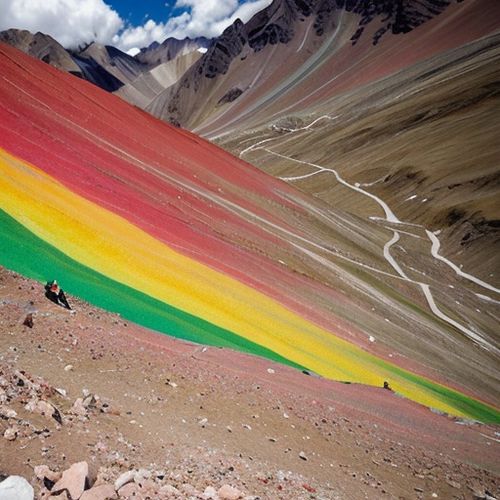
By Jessica Lee/Apr 11, 2025
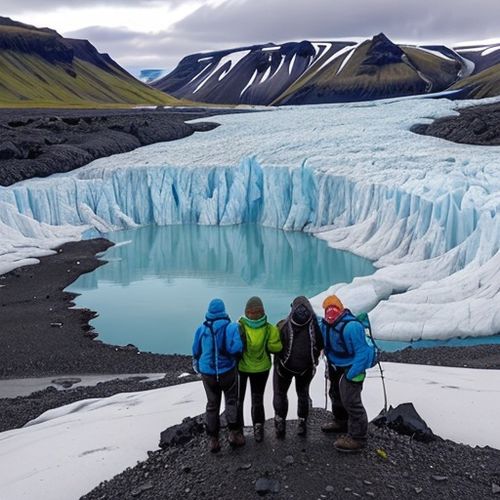
By Christopher Harris/Apr 11, 2025
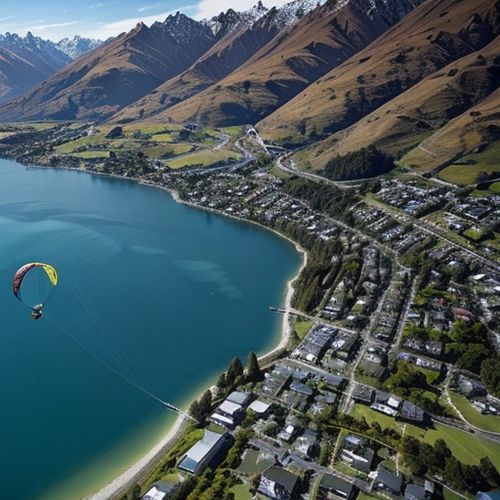
By Michael Brown/Apr 11, 2025
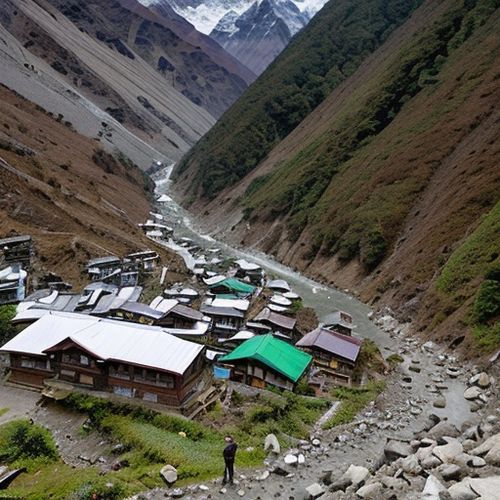
By Victoria Gonzalez/Apr 11, 2025
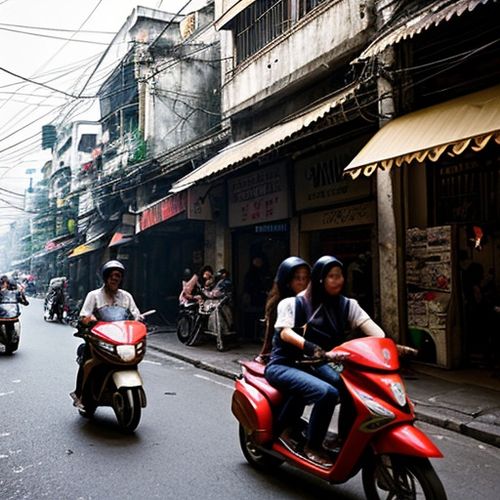
By Daniel Scott/Apr 11, 2025
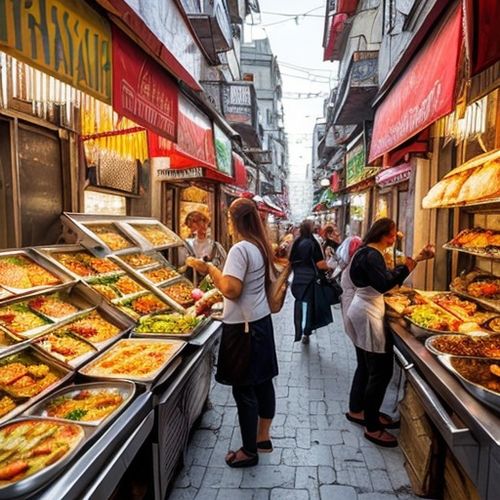
By Natalie Campbell/Apr 11, 2025

By Daniel Scott/Apr 11, 2025
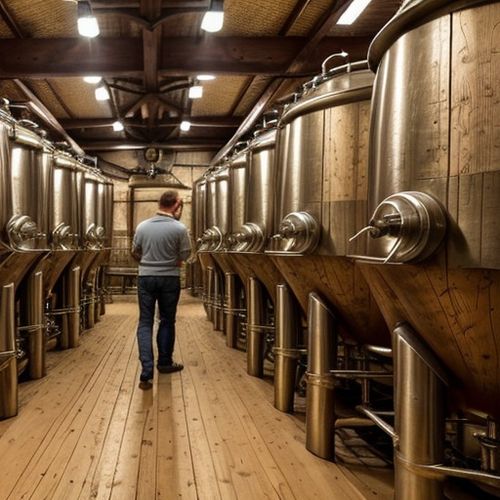
By Joshua Howard/Apr 11, 2025

By Christopher Harris/Apr 11, 2025

By Amanda Phillips/Apr 11, 2025

By Rebecca Stewart/Apr 11, 2025

By Amanda Phillips/Apr 11, 2025
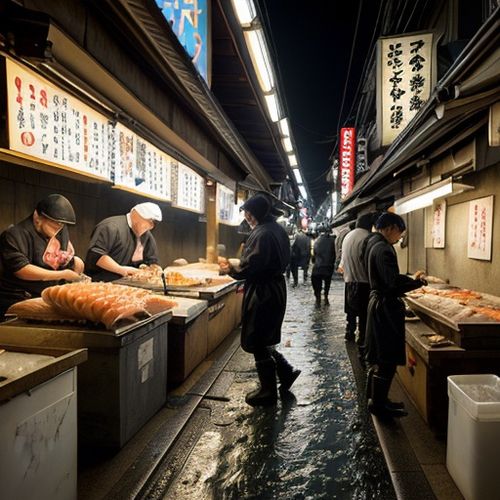
By Megan Clark/Apr 11, 2025

By Olivia Reed/Apr 11, 2025

By Jessica Lee/Apr 11, 2025

By Grace Cox/Apr 11, 2025
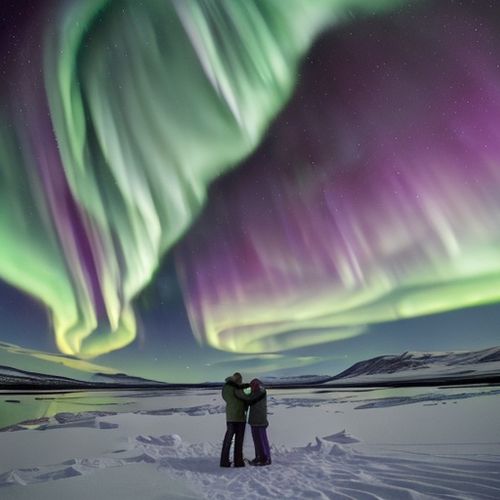
By Rebecca Stewart/Apr 11, 2025

By Olivia Reed/Apr 11, 2025